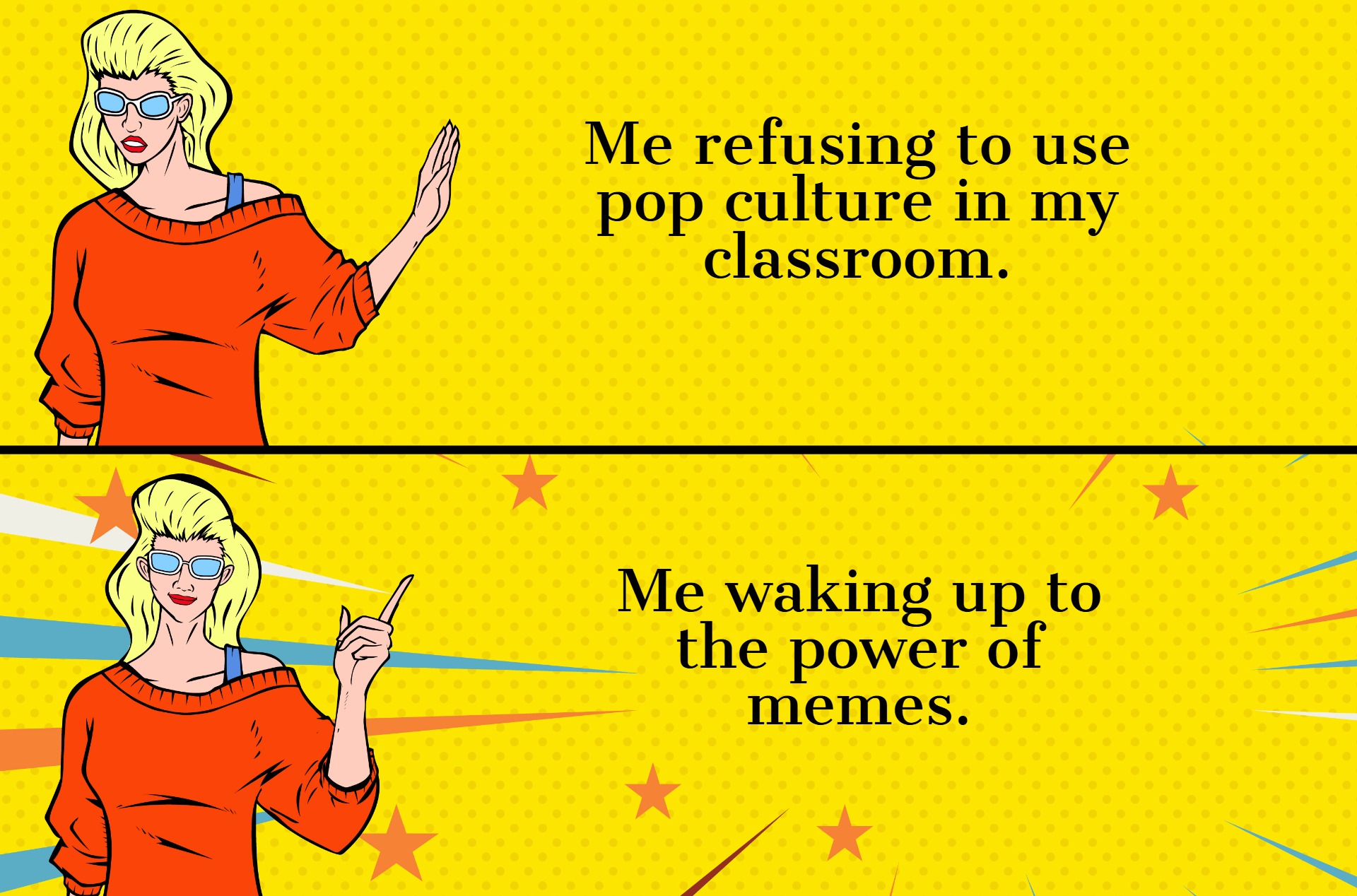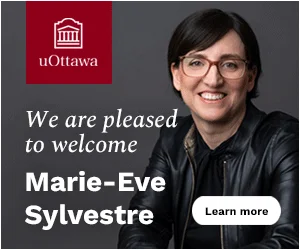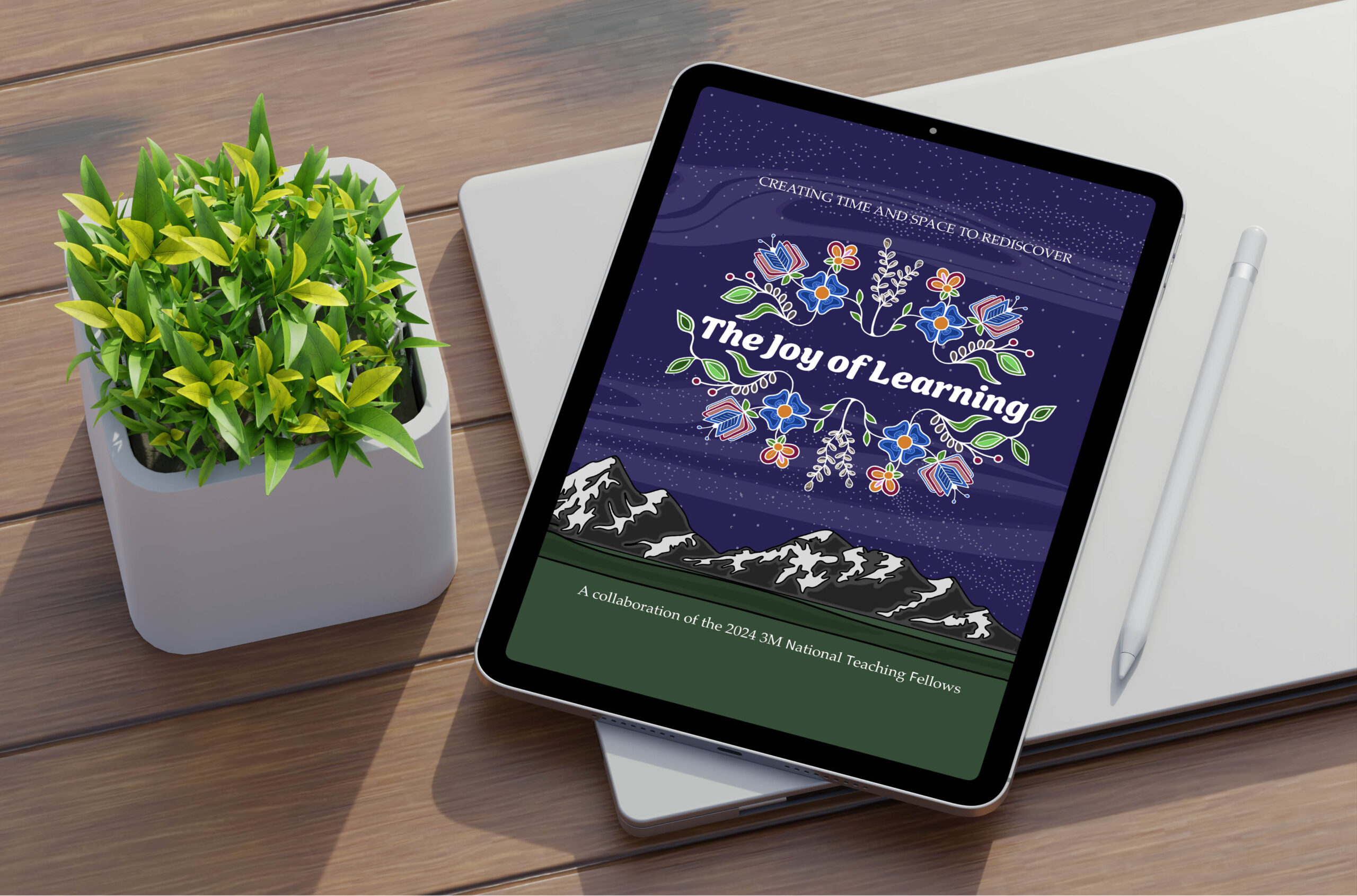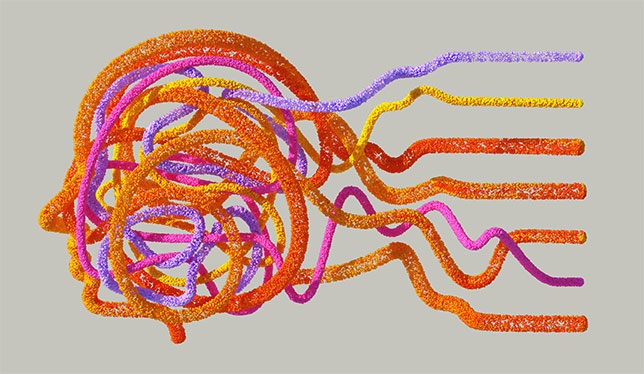Memes — we got that
How I turned an internet trend into a teaching tool.

During a tutorial session for a course on traditional and popular culture last fall, I popped a meme onto the screen — the “Supa Hot Fire” rap battle series — to explain the (rather arcane) genealogy and evolution of oral culture and performance. The room instantly shifted as students laughed, leaned forward, and even pulled out their phones to capture the moment to share with friends. As a TA facing Canadian undergraduates in 2025, I learned that getting their attention often requires meeting them where they already are: online, culturally attuned and emoji-ready.
For those who don’t have kids or spend a lot of time scrolling social media, memes are short, often humorous, videos or captioned images that are shared across the internet, reaching millions of people worldwide. My PhD research dives into how memes operate as meaning‑making machines across cultures. However, using memes in classrooms demonstrates that they are more than just research objects: They are playful visual bridges that demystify the unfamiliar. In some cases, they can serve to shrink the awkward gap between TA and students, letting us collapse academic distance into genuine connection.
Undergraduates arrive in classrooms with more than just their backpacks; they are filled with expectations shaped by fast‑paced, digital cultures. As a millennial TA to Gen‑Z students, I encountered the same hurdles as did my own teachers from high school: the invisible authority divide, students’ unspoken reluctance to ask questions, and a yawning generational gap that is not always bridged by office hours. In the awkward silences that sometimes permeate the room after I’ve posed a question, I’ve felt those hurdles vividly.
So, what can a TA do? As the internet proverb goes: Modern problems require modern solutions. Enter memes. Scholars have pointed out how memes leverage dual coding, pairing visuals with verbal cues to enhance retention and understanding. Undergraduate courses are often filled with abstract concepts that students have difficulty grasping. Memes create parallel interpretations that invite students to unpack the ideas in their own language, thereby facilitating knowledge absorption.
When I used the Supa Hot Fire rap video to explain oral performances, what surprised me wasn’t just the laughter or the flurry of phones capturing the moment – it was what happened afterwards.
The Supa Hot Fire meme parodies the conventions of 2000s rap battles: The rapper, Supa Hot Fire (a stage name for the musician and comedian DeShawn Raw), exaggeratedly performs improvisational rap renditions against opponents, often to comedic effect. With the meme fresh in everyone’s minds, I pivoted the discussion to the aspects of traditional oral performances that we had previously covered: How did Supa Hot Fire demonstrate traits of oral culture? What are the parallels between rap battles and traditional oral performances? Suddenly, what had felt like a dry concept was alive.
Students pointed out the cadence and exaggeration in Supa’s delivery, linking it to traditions of oral storytelling from griots, the travelling storytellers of West Africa, to slam poets, whose genre of performance poetry originated in Chicago in the 1980s. One student even argued that the entourage standing behind Supa and cheering him exaggeratedly were themselves engaging in a kind of performance, which is an insight I had not anticipated!
What this moment revealed was that memes could serve not just as attention‑grabbers but also as conceptual bridges. In this case, the meme functioned as a cultural anchor, offering a familiar touchpoint for an unfamiliar concept. It helped initiate collaborative unpacking, shifting the interpretive work (and power) onto the students. And it supported interactional engagement, as I built a mini‑lecture around their responses, drawing connections between meme culture and historical forms of performance.
The meme did not do the teaching – but it made the teaching stick.
Scholarship has shown that memes are not just flashy novelties. A recent study in ScienceDirect found that when students created memes based on concepts covered in a forensic science course, it helped them to process ideas more deeply and improved knowledge retention.
Perhaps most importantly, memes also act as cultural handshakes: They humanize instructors while elevating students’ voices. Through a shared laugh or moment of recognition, hierarchical distance flattens. Suddenly, instructors and students are co‑participants in meaning‑making. Memes help foster a learning environment that feels less like a formal tutorial session and more like a collaborative space – which, for today’s digital‑savvy undergrads, makes all the difference.
My personal experience taught me that embracing students’ digital fluency does not mean diluting content; it means rethinking delivery. Sometimes, one well-timed meme can do more to spark curiosity than a dozen PowerPoint slides ever could.
Featured Jobs
- Veterinary Medicine - Faculty Position (Large Animal Internal Medicine) University of Saskatchewan
- Business – Lecturer or Assistant Professor, 2-year term (Strategic Management) McMaster University
- Psychology - Assistant Professor (Speech-Language Pathology)University of Victoria
- Education - (2) Assistant or Associate Professors, Teaching Scholars (Educational Leadership)Western University
- Canada Excellence Research Chair in Computational Social Science, AI, and Democracy (Associate or Full Professor)McGill University











Post a comment
University Affairs moderates all comments according to the following guidelines. If approved, comments generally appear within one business day. We may republish particularly insightful remarks in our print edition or elsewhere.